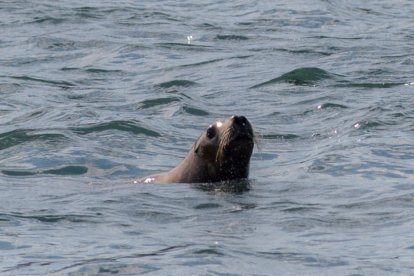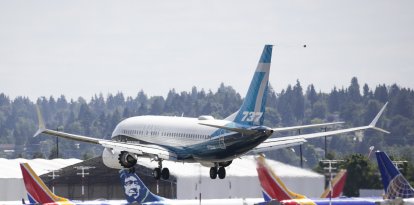Global alert for bird flu: The virus has killed massive numbers of seals and sea lions in the United States and South America
“Only Pacific Islands, Australia and New Zealand remain free of the disease, but the situation is changing rapidly,” warned the World Organization for Animal Health.

(
A disturbing outbreak of bird flu or highly pathogenic avian influenza (HPAI) is leaving a trail of devastation among seal and sea lion populations in various places worldwide. This event is generating concern among scientists and triggering significant alterations in the delicate marine ecosystems that these species inhabit.
The most affected region of the world appears to be South America, where more than 20,000 sea lions have died in Chile and Peru, along with thousands of elephant seals in Argentina. However, the disease has not been limited only to that area.
In the United States, disease cases have been reported among seal populations along its coasts. More than 300 of the marine animals have died in the New England region, while several dozen more have been affected in Puget Sound, Washington.
The virus, which the World Organization for Animal Health (OIE) says originated in Europe in 2021, has been spreading into wild ecosystems at an alarming rate. Scientists have not yet determined how the seals could have contracted this disease, but it is most likely due to contact with infected seabirds.
“Only Pacific Islands, Australia and New Zealand remain free of the disease, but the situation is changing rapidly,” warns a statement from the OIE. The statement assures that 485 different species of birds, belonging to more than 25 different taxonomic orders, have already been affected, in addition to 37 new species of mammals infected since 2021.
Can it be controlled?
Although avian flu can be controlled in domesticated animals, Dr. Marcela Uhart, director of the Latin America program at the Karen C. Drayer Center for Wildlife Health at the University of California, Davis, warns that once the virus is introduced into wildlife, its spread can be unstoppable, especially among species that have no prior exposure history to the virus.
Experts hope that vaccinating poultry will help reduce its spread. However, it is also crucial that people avoid contact with potentially infected animals in the wild and that proactive measures are taken to monitor and manage outbreaks in wild environments.
“The rapidly evolving nature of avian influenza and changes in its patterns of spread require a review of existing prevention and control strategies (…) the use of sanitary control measures alone may no longer be a sustainable solution to effectively contain the disease,” indicates a report from OIE at the end of last year.
What are the consequences?
The impact of the mass death of seals and sea lions goes beyond the loss of these animals. These marine mammals play a crucial role as predators in ocean ecosystems, contributing to the balance of food chains and helping to regulate fish populations. Their disappearance could have severe and long-lasting consequences for the health of the oceans and marine biodiversity in general.
“The loss of wildlife at the current scale presents an unprecedented risk of wildlife population collapse, creating an ecological crisis,” the OIE noted.
Earlier this year, a report by the NGO Wildlife Conservation Society (WCS) Argentina revealed that the mortality rate of newborn elephant seals is presumed to have reached 96% in the Valdés Peninsula, southern Argentina. “The mortality of pups was extraordinary, catastrophic and probably also included a large number of adults. It may take decades for these seal populations to get back to where they were,” reported WCS researcher Claudio Campagna.
As the virus continues to mutate and adapt, scientists urge active surveillance and outbreak management to prevent its spread to other species, including humans.
“Viruses adapted to marine mammals may have some traits that increase the likelihood for transmission to humans,” says Ron Fouchier, deputy director of the Viroscience department at the Erasmus University Medical Center based in Rotterdam, the Netherlands.
Wildlife loss on this scale poses an unprecedented risk to global ecosystems, generating an ecological crisis that could require urgent, internationally coordinated action.
RECOMMENDATION





















